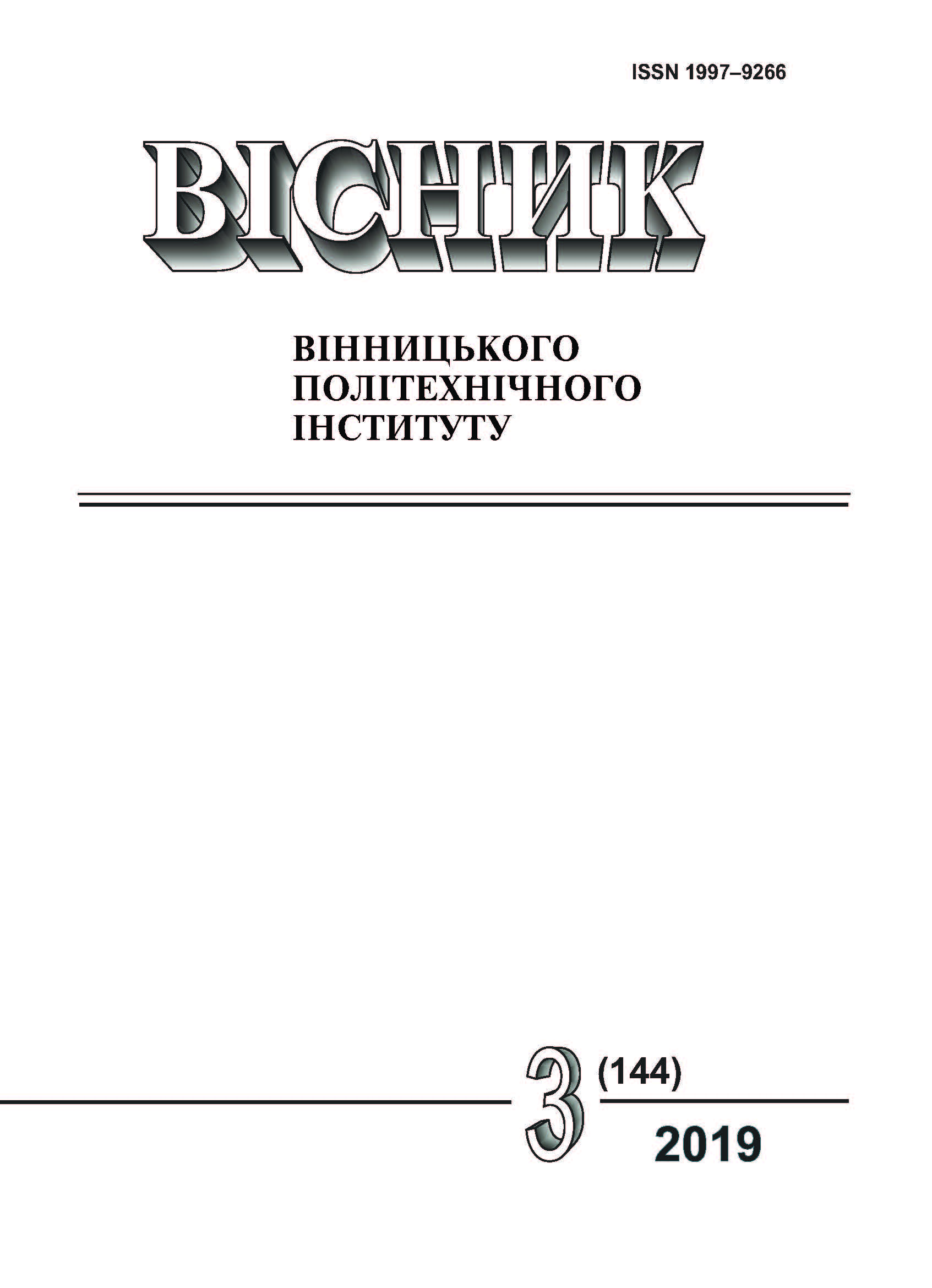СИСТЕМНИЙ АНАЛІЗ РОЗМІРІВ ФРАГМЕНТА ЗОБРАЖЕНЬ АЕРОФОТОЗЙОМКИ СІЛЬСЬКОГОСПОДАРСЬКИХ УГІДЬ ДЛЯ ПОШУКУ АНОМАЛІЙ У НИХ МЕТОДАМИ МАШИННОГО НАВЧАННЯ
DOI:
https://doi.org/10.31649/1997-9266-2019-144-3-75-85Ключові слова:
аерофотозйомка, аналіз зображень, автоенкодер, глибинне навчання, машинне навчання, сільськогосподарське угіддя, виявлення аномалії, кластеризаціяАнотація
Великими проблемами для сільськогосподарських угідь (СГУ) є захворювання рослин, дія шкідників, бур’яни та інші аномалії. Швидке розповсюдження подібних проблемних місць несе велику шкоду, якщо їх вчасно не знайти, локалізувати та нейтралізувати. Через великі площі та, часто, важкодоступність до окремих ділянок поля, для усунення таких проблем застосовується аерофотозйомка з дронів з подальшим її обробленням методами штучного інтелекту, машинного навчання, передусім — глибинного навчання. Кожне зображення розбивається на дрібніші фрагменти та аналізується, але результат аналізу суттєво залежить від вибору розміру таких фрагментів. Мета дослідження — розробити комплексний системний підхід до аналізу та обчислення оптимального за багатьма критеріями розміру найменшого фрагмента зображень аерофотозйомки СГУ для пошуку аномалій у них методами машинного глибинного навчання. Проведено огляд відомих підходів до розв’язання задачі пошуку таких аномалій та запропоновано які саме інформаційні технології потрібно використовувати на етапах передоброблення, машинного глибинного навчання та які типові проблеми слід усувати під час цього, з урахуванням специфіки предметної області. Виділено основні критерії, які необхідно враховувати для розв’язання поставленої задачі: тривалість обчислення, точність (мінімальна похибка) навчання моделі, наближеність середньої площі кластерів до заданої, за умови виконання ряду обмежень. Запропоновано вираз інтегрального критерію для врахування цих критеріїв та підходи щодо вибору їх ваг. Розроблено алгоритм застосування запропонованих підходів та приймів щодо застосування відомих методів машинного глибинного навчання та кластеризації. Наведено реальний приклад застосування цього алгоритму та продемонстровано його ефективність для випадків, коли найвагомішими (з вагою 0,5) критеріями є тривалість обчислень або наближеність середньої площі кластерів до заданої. Запропонований комплекс підходів та прийомів для системного аналізу розмірів фрагменту зображень аерофотозйомки СГУ дозволить підвищити точність та швидкість пошуку аномалій у них методами машинного глибинного навчання та, в цілому, дозволить ефективніше та вчасно виявляти різні захворювання рослин, бур’яни, шкідників тощо.
##submission.downloads##
-
PDF
Завантажень: 318
Опубліковано
Як цитувати
Номер
Розділ
Ліцензія
Автори, які публікуються у цьому журналі, згодні з такими умовами:
- Автори зберігають авторське право і надають журналу право першої публікації.
- Автори можуть укладати окремі, додаткові договірні угоди з неексклюзивного поширення опублікованої журналом версії статті (наприклад, розмістити її в інститутському репозиторії або опублікувати її в книзі), з визнанням її первісної публікації в цьому журналі.
- Авторам дозволяється і рекомендується розміщувати їхню роботу в Інтернеті (наприклад, в інституційних сховищах або на їхньому сайті) до і під час процесу подачі, оскільки це сприяє продуктивним обмінам, а також швидшому і ширшому цитуванню опублікованих робіт (див. вплив відкритого доступу).





